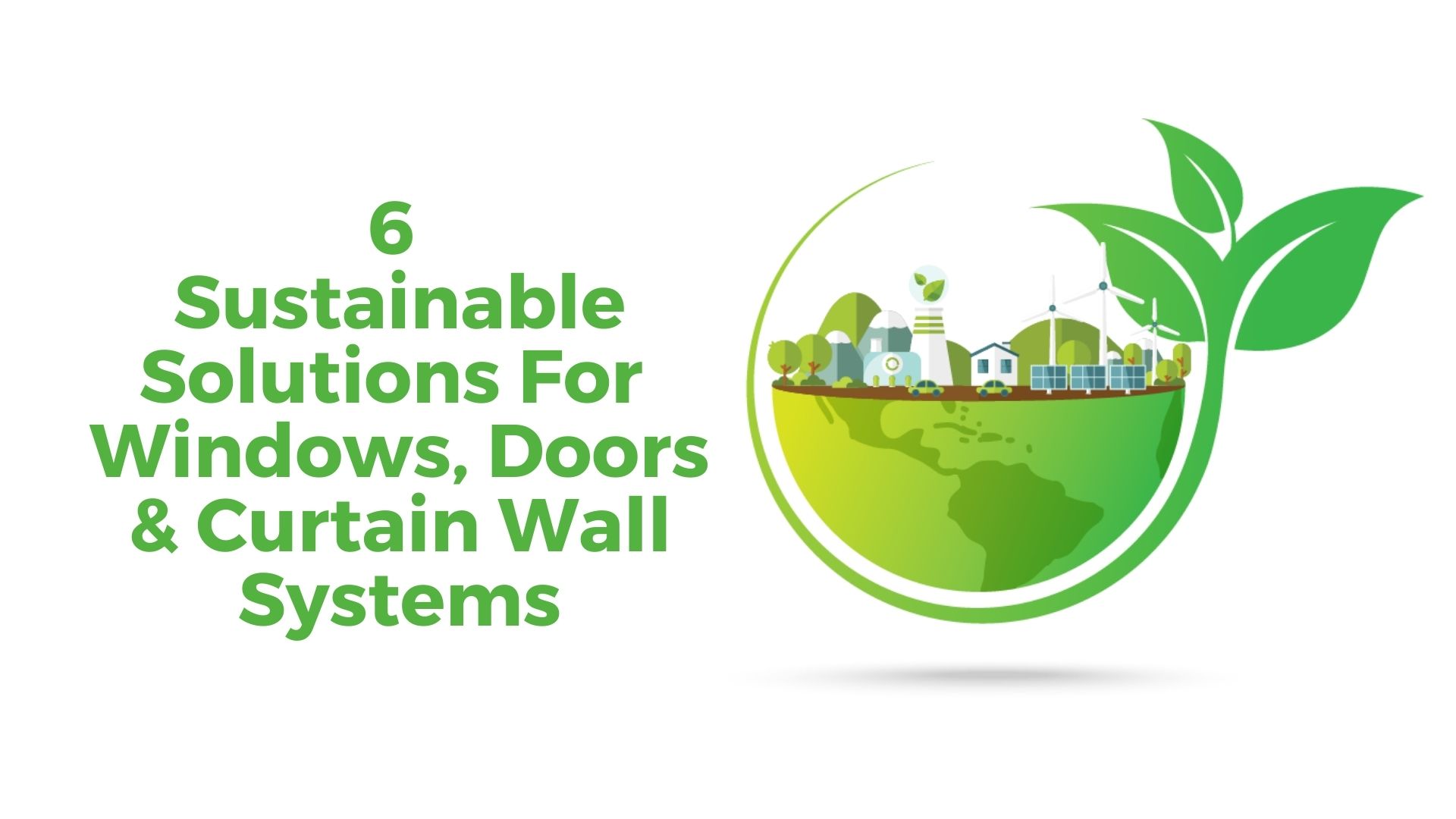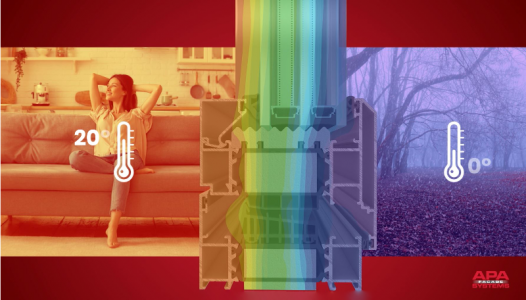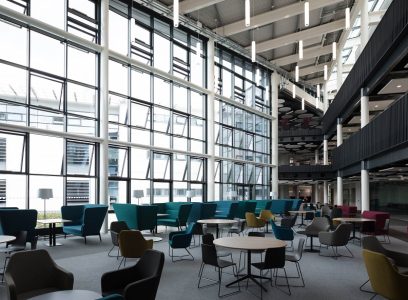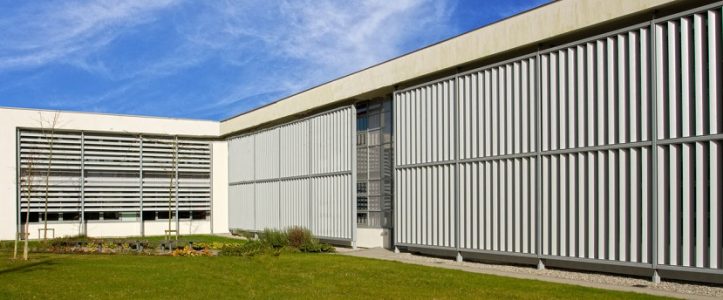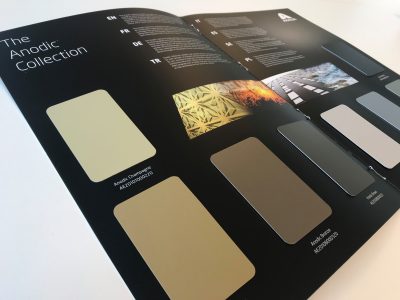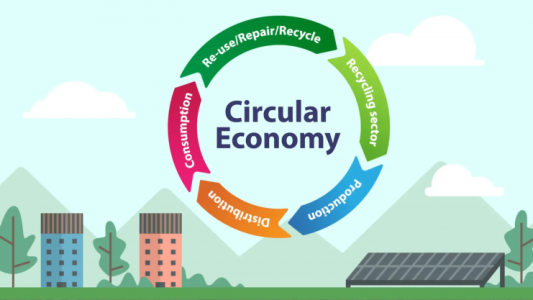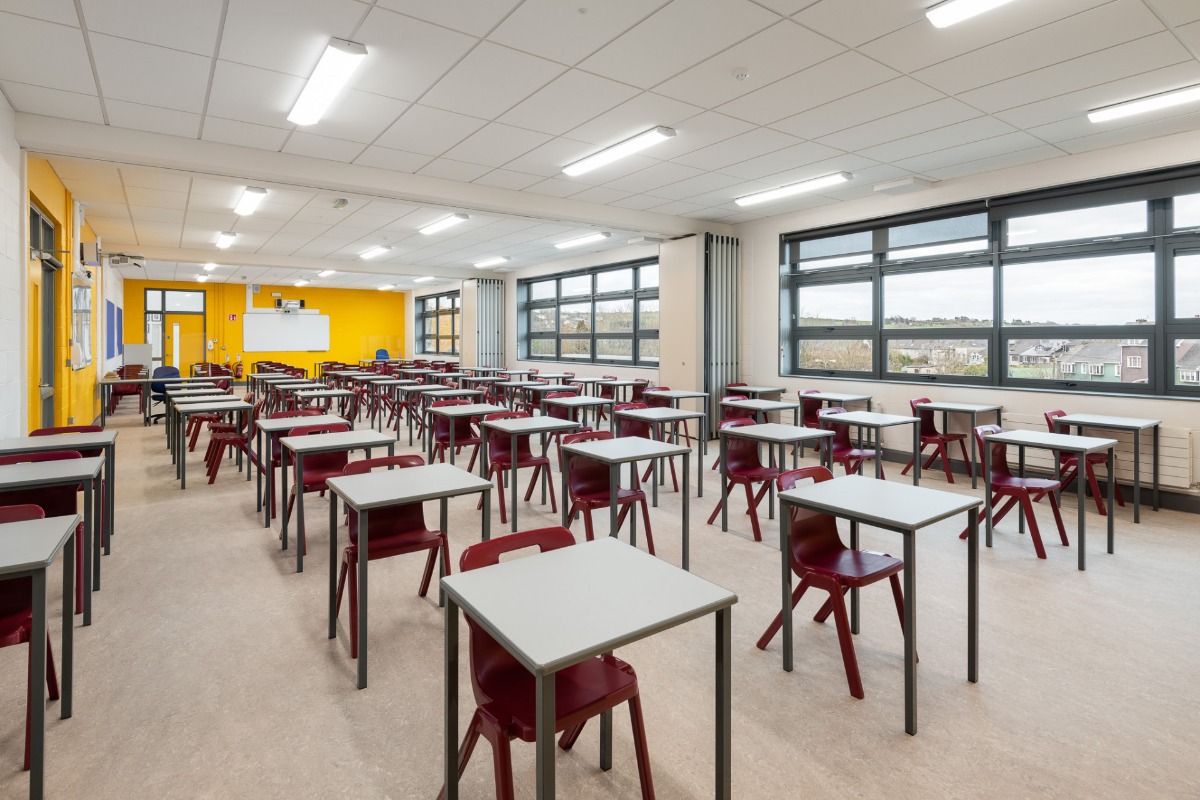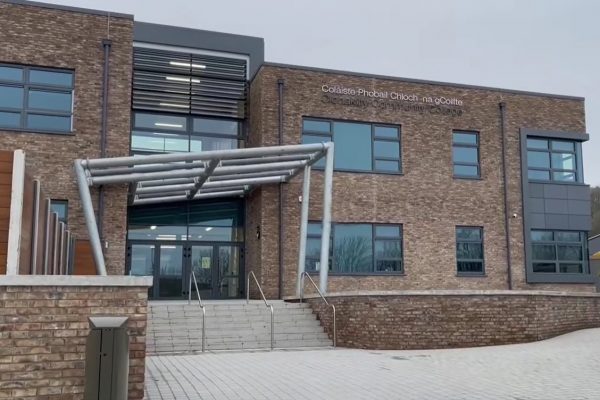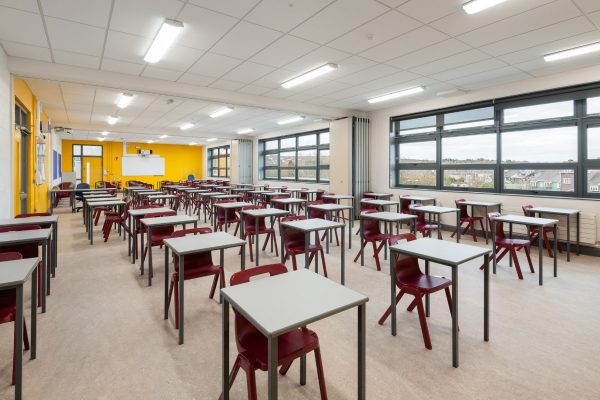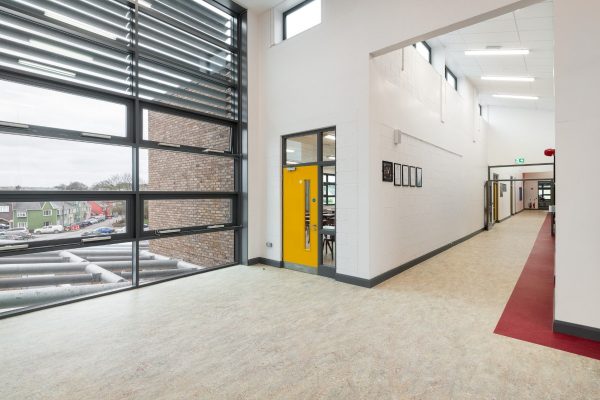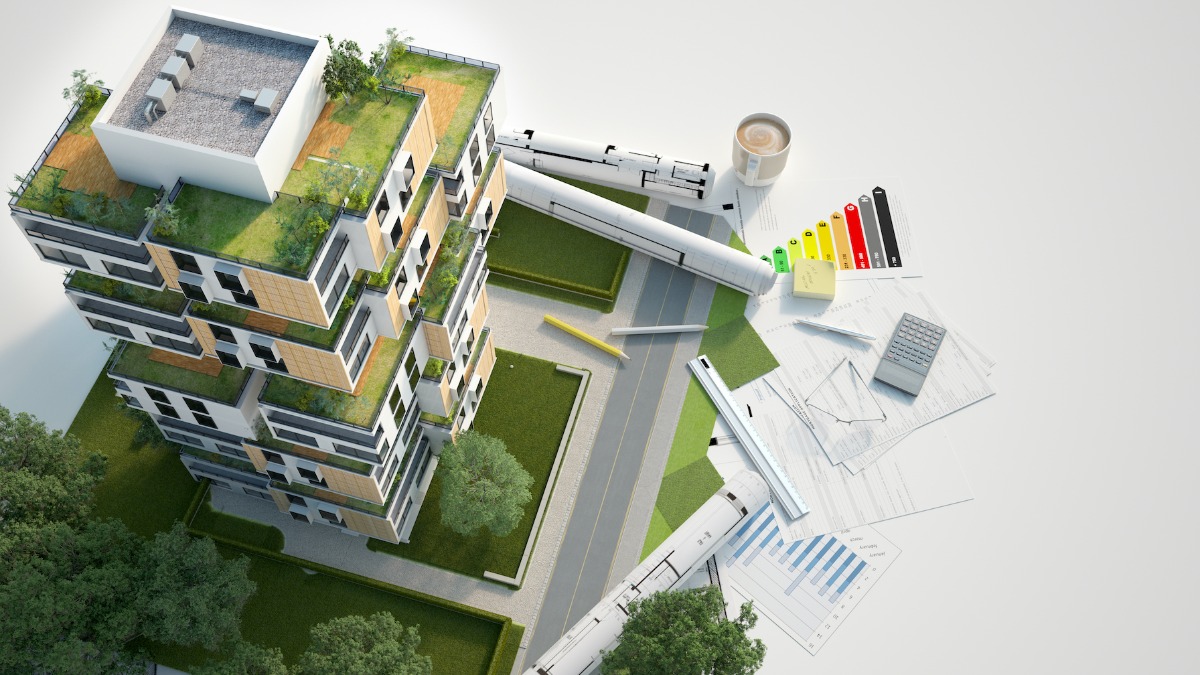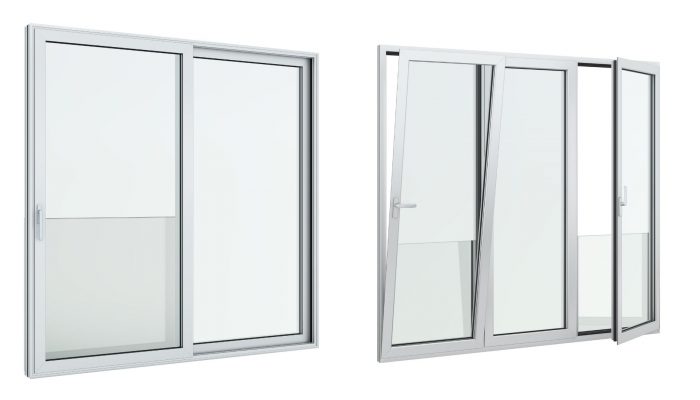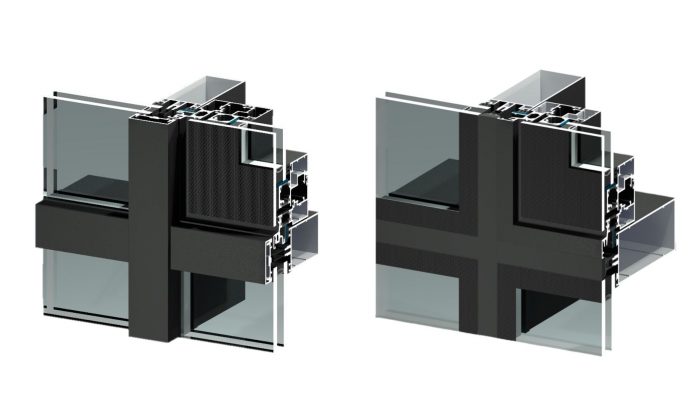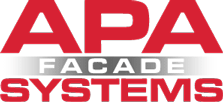The Importance of Natural Ventilation
APA Facade Systems Now IGBC Members
APA Facade Systems Join Irish Green Building Council
APA Facade Systems are proud to announce that we are now a member of the Irish Green Building Council.
A non-profit organisation, The Irish Green Building Council was launched in 2011 with organisations and businesses from the entire value chain of the built environment. These include universities, professional institutes, NGOs local authorities, contractors, architects, engineers, energy companies, leading national and transnational companies. All of these companies are united in one common goal – to accelerate the transformation of the built environment, related industry and supply chain to one that is sustainable.
The IGBC is now Ireland’s leading authority on green building best practices with a network of over 160-member organisations spanning the entire built environment industry.
APA Facade Systems have always been committed to excellent practice towards a more sustainable environment. We organised a very successful conference with TU Dublin in Cork last year – Delivering Commercial nZEB in Páirc Uí Chaoimh. The conference looked into nZEB Standard design through presentations of leading Irish and international building design professionals. A breakout session focused on technical solutions and an alternate round table session allowing business owners and managers to explore ways to re-orient their teams to nZEB through discussion with peers and international experts.
The IGBC website is a great source of information for sustainable building concepts and can be found through this link: https://www.igbc.ie

